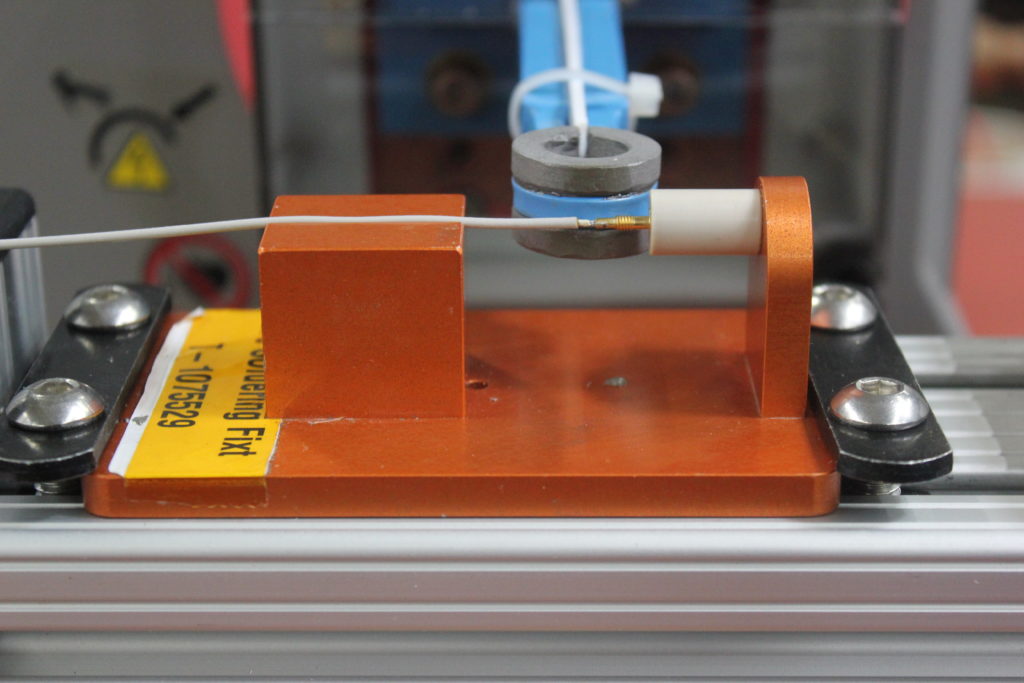Induction Soldering Equipment and Processes

Induction Soldering
Soldering is the process of joining two similar or dissimilar metals by melting a filler metal in between. It differs from brazing by using different filler metals and alloys that melt at lower temperatures. This means that soldering requires less power than brazing. This can be advantageous for small and delicate parts that may be damaged by higher heat.
Induction provides many advantages for soldering applications. Induction soldering processes are incredibly repeatable. This means that you get a more consistent solder joint every time. A consistent join can be crucial in parts that conduct electricity. Induction technology can also be much safer for operators because the only part that gets hot is the part to be soldered. There is also no open flame that may require additional ventilation.
Radyne Induction Soldering Systems provide clean, repeatable soldering for a wide range of parts. Radyne Induction Soldering and Brazing equipment delivers quality, consistency, configurable throughput, and quick change-over tooling for various production needs. The Radyne Induction Soldering product line offers standard solutions for brazing aluminum, copper, brass, stainless steel, carbide, and more.
Brazing and soldering involve the fusion of a joining alloy between the surfaces of metal parts to be joined. If the metal surfaces are clean, contact is established and the joining material alloys with each surface, forming a joint up on solidification during cooling.
Induction heating in soldering applications is readily adaptable to production line methods, permitting strategic arrangement of the equipment in an assembly line, and if necessary, heating by remote control. Frequently, induction brazing and soldering permit a reduction in the required number of part fixtures, with the result being minimum heating of the fixtures, providing for efficient heating at the joint areas, increasing their life, and maintaining their accuracy in alignment of the components to be joined. Since operators need not guide the induction heating source, both hands are left free to prepare assemblies for joining.
Induction heating has proven to be a valuable aid in joining processes for many reasons. Among these are rapid heating and precise heat control. Rapid heating and precise heat control offer the possibility of localized heating for joining high-strength components with minimal weakening and sequential soldering operations to be performed. Induction Soldering is frequently specified and offers a number of advantages including smooth, well-filleted joints of good appearance and high integrity. Click here to learn more about soldering and the joining process.

Controlled Atmospheres
Special environments have been used increasingly for joining components by induction soldering. The use of reducing atmospheres or vacuums is required in the production of soldered assemblies that rely on controlled atmospheres, preventing the formation of oxides on heating. This can eliminate the need to clean parts post-process and can provide cost and time savings for complex and sensitive parts such as circuit boards.